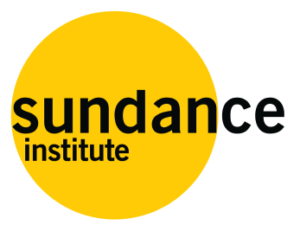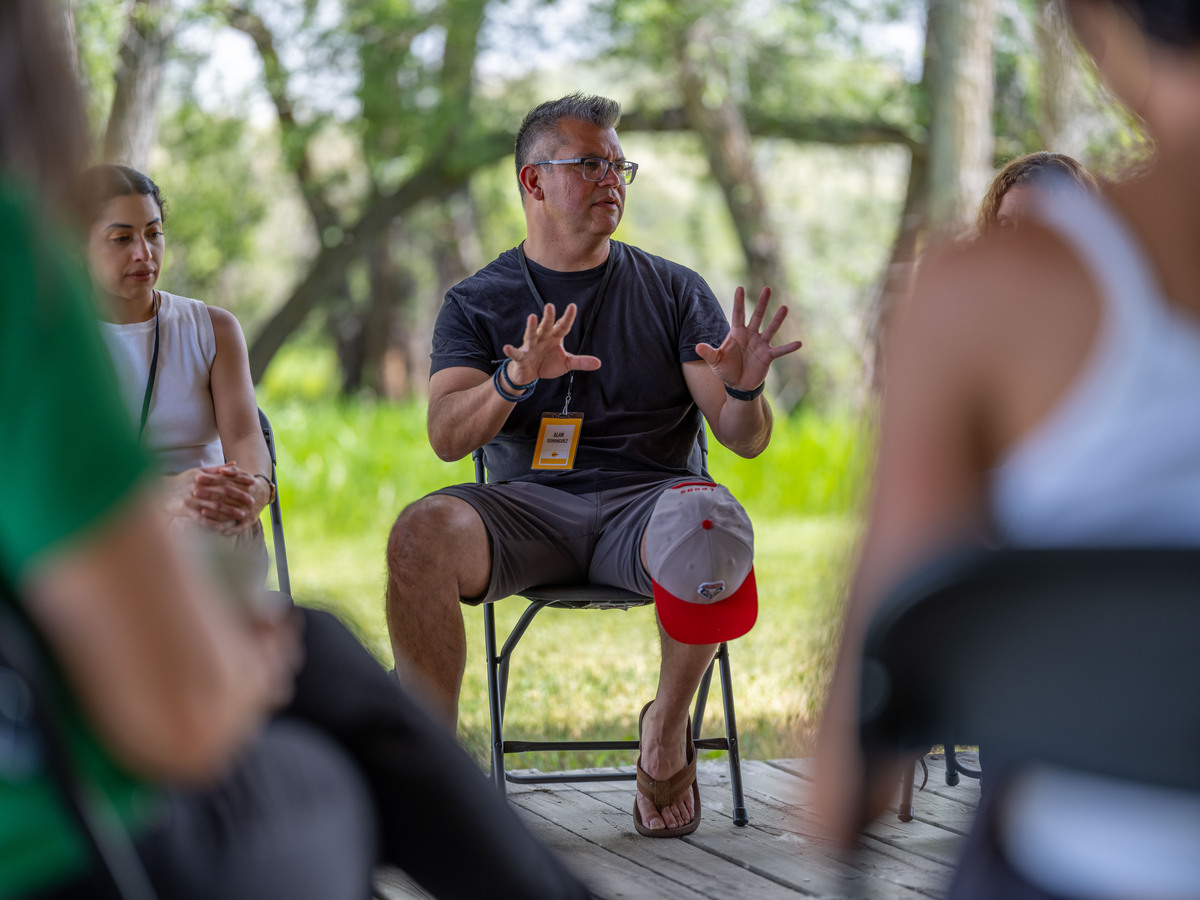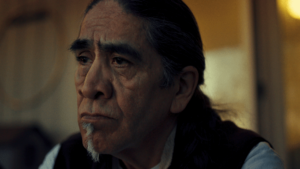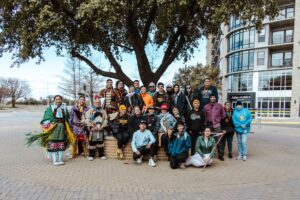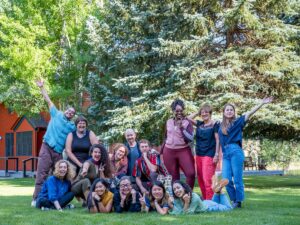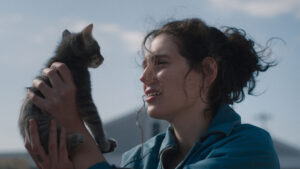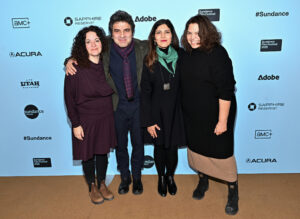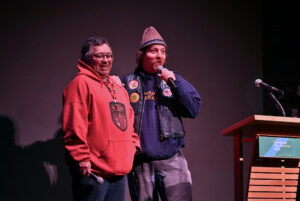By Alan Dominguez
Recently I have been thinking about the intersection of two elements of my creative work — time and community.
Timing is everything, or so we’re told. In my Chicanx/Indigenous community, I have found time is not always on our side — “It’s not the right time,” “Things take too much time,” “Wrong place/wrong time” — the list is endless. Lately I realize that time can also nourish the lifeblood of a storyteller. To that end, I have been engaged in film projects in which the subject of time is never far from my thoughts.
I’ve been working with director Raúl Paz-Pastrana in producing Commerce City, a film that explores what exposure to harmful chemicals emitted from an oil refinery has done to the Colorado community where we make our home and raise our children. Our friends and neighbors in Commerce City have endured these cruel realities for decades and it is the passing of time that has revealed the immense toll taken.
However, we refuse to make a film that wallows in that reality. We are capturing what the community is doing about the exposure as they look to the future. Time has worked against the residents of Commerce City, but time is also of the essence for themselves and their loved ones — as well as for our crew as we move to finish the film and inspire action in similar communities of color that have long-suffered similar effects of environmental racism.
Time is also on my mind when I think of Jeanette Vizguerra — the participant of a film I’m in the midst of finishing. An undocumented immigrant, Jeanette has spent the past eight years living in and out of a Denver church basement in an attempt to stay with her family. Mujer Santuario (Sanctuary Woman) shows not only Jeanette’s determination to stay in the only home that her children have ever known, but also her tireless work to help others in the same situation. Since March 2025 she has been locked inside an ICE facility, so for her, time is the most cruel of elements.
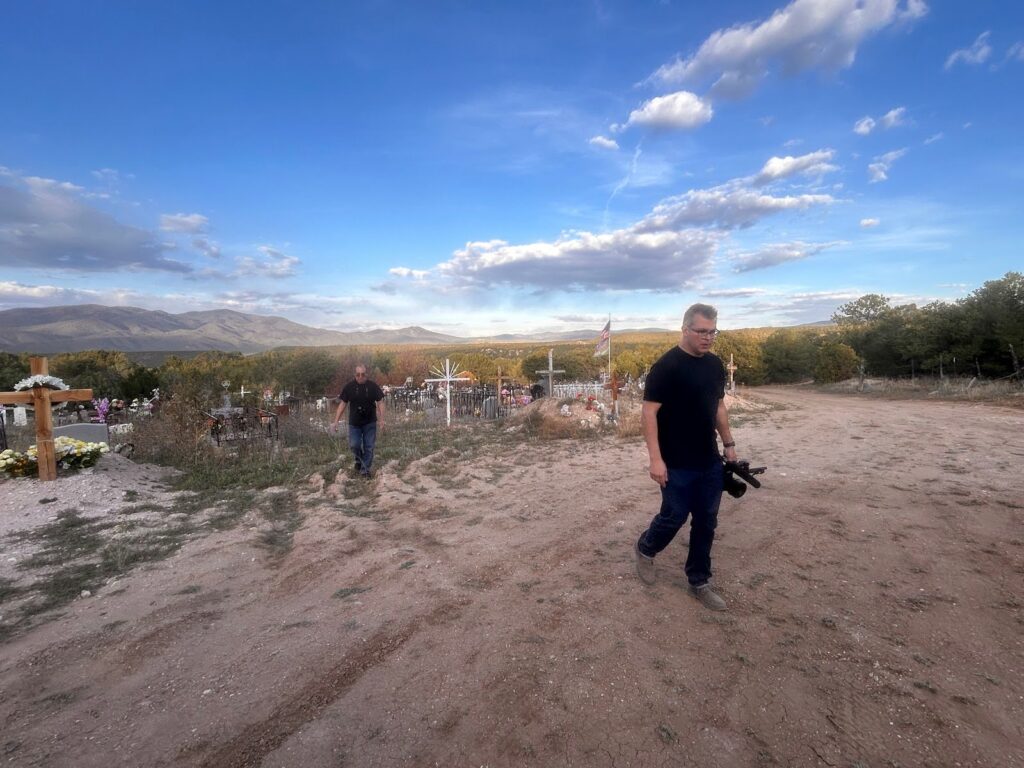
And in the most personal of all projects, I have been developing a film ready to move into the next phase of production. The House of our Memory dusts off the silence of my family’s past through both my father, a Vietnam veteran and artist, and myself,a clergy abuse survivor. The backdrop of our story is my father’s childhood adobe home in the serene mountains of Northern New Mexico, where nothing ever bad ever happened to either of us and where the trappings of the world were far away until they came to find us. In this film, I specifically want to examine the role of time in the face of unspeakable trauma, suffered by both of us, decades apart, and how time does or doesn’t heal the way it’s supposed to in a place where time seems to move at its own pace.
Since time is never easy to manage, I’m comforted by the second element of these stories: community. All of these stories are in such close proximity to me, both physically and emotionally, that they are impossible to separate from myself. I used to think that this was a hindrance to a storyteller and that we are all supposed to be removed and distant from our participants. But now I realize that storytelling in community is the deepest way of communicating with ourselves and with our ancestors — and film is no different. The communities in which I participate are vast and have deep roots. Storytelling is nothing new to us, but oftentimes it does not come from within and I do my best to disrupt that narrative.
Another beautiful function of community is that it is ever-changing and expanding. Community now extends past my immediate surroundings and includes the artistic community that Sundance Institute has cultivated and welcomed me into. These transformational experiences in the Producers Lab and the Latine Fellowship have been a crucial part to moving these films forward, allowing me to be true to my creative self. Artists always feel a sense of solitude as we do our best to create and, in being an artist of color, the solitude is twice as palpable. The Producers Lab was a needed retreat from everyday pressures and I was able to hold community with some of the kindest, most nurturing souls I have ever encountered. The Latine Fellowship spoke to a slightly different need of being among other artists who speak the same language (literally and figuratively) and has been another chapter in my journey. We have laughed and supported each other in talking our projects through. And as I lean into difficult territory with The House of our Memory, I know that I have that community of artists to hold me up and I promise to do the same for them. Just writing about these stories, I can’t wait to share them with you soon…
All in good time.
